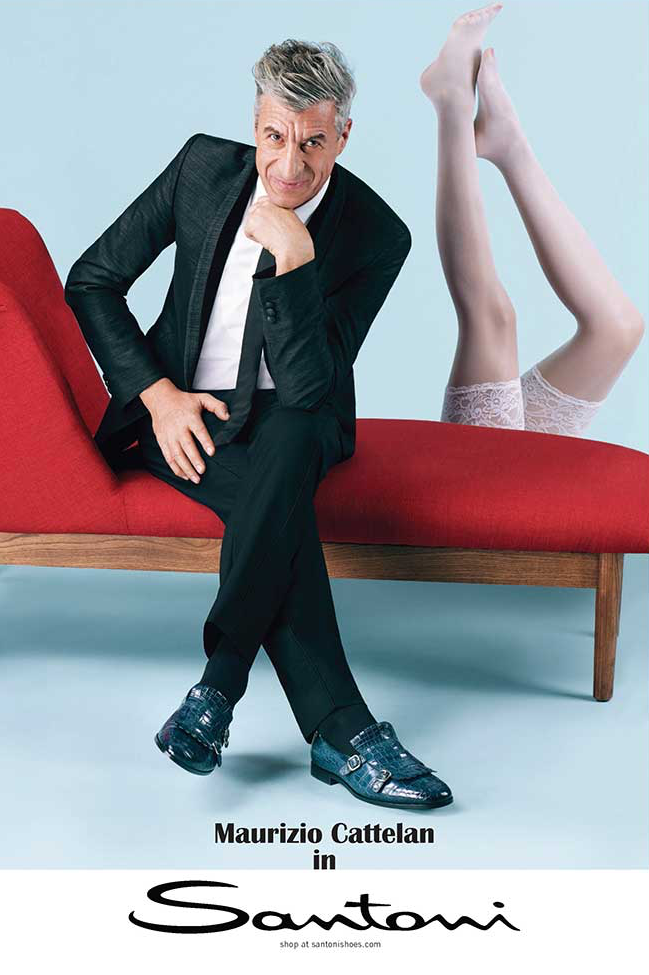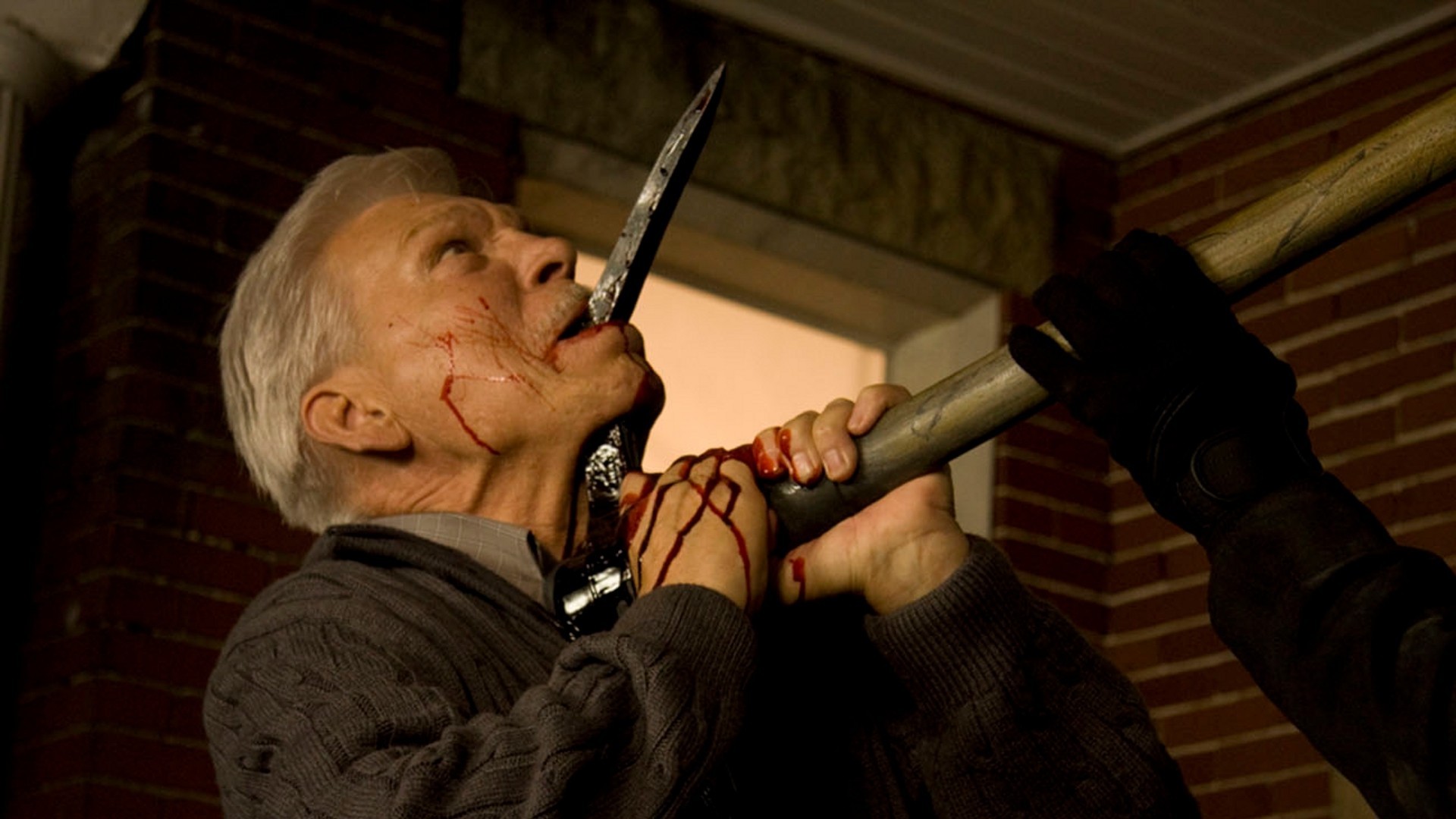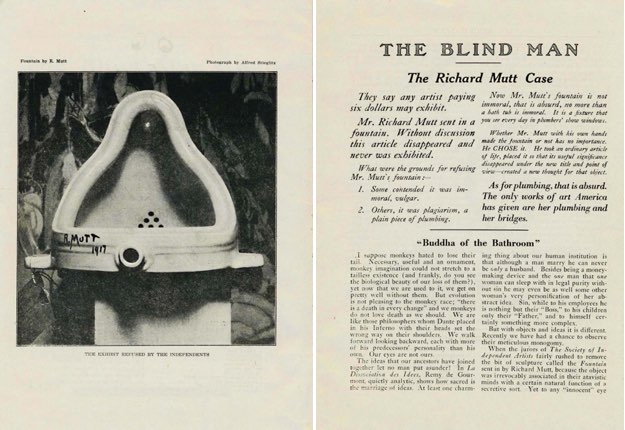.
I love excavating bookshops, unearthing unexpected gems. My latest acquisition is Ads by the French artist Pierre Leguillon (Brussels: Triangle Books, 2019). It reproduces seventy magazine ads featuring artists, from the 1940s to now. The tear sheets are ordered alphabetically by the artists’ surnames, starting with Marina Abramovic, ending with Aaron Young. They are presented without further curation or comment. Draw your own conclusions.
Most of the ads feature instantly recognisable, world-famous, ‘name’ artists (Vanessa Beecroft, Louise Bourgeois, Maurizio Cattelan, Tracey Emin, Robert Rauschenberg, Julian Schnabel, Andy Warhol), with a few lesser figures thrown in. No one is there to flog art. Most ads are for clothes brands. Some are for booze (Salvador Dalí fronts for Scotch), for cameras (Norman Rockwell!), for jewellery and watches (Anh Duong and Helen Frankenthaler), and for travel (Mr and Mrs Max Ernst on a cruise). There’s only one downmarket product placement, painter Hebru Brantley in his studio eating McDonald’s. (Caption: ‘Starving artist? I don’t think so.’)
Some marriages seem counterintuitive: gritty war photographer Don McCullin endorses luxury menswear while Jean Cocteau sells televisions. Some artists strain to look sincere, ‘keeping it real’, like those unsmiling Starn Twins or the equally unsmiling Ed Ruscha, with his cultivated Richard Avedon ‘American West’ look—all three posing for Gap. The artist who survives intact is the great pretender, Cindy Sherman, collaborating with photographer Jurgen Teller, for Marc Jacobs. She camps it up, brandishing a guitar as if she were a fake rock star rather than a real art star. Of course, the ads also seek to flatter those of us who know who Cerith Wyn Evans is.
Ads recalls Picturing ‘Greatness’, the show Barbara Kruger curated for the Museum of Modern Art in 1988. There were thirty-nine portraits of great artists (mostly white males) from the photography collection, including shots of Rodin, Picasso, Duchamp, Rodchenko, Pollock, and Henry Moore. They were accompanied by a short polemic. In it, Kruger wrote: ‘Though many of these images exude a kind of well-tailored gentility, others feature the artist as a star-crossed Houdini with a beret on, a kooky middleman between God and the public.’ Picturing ‘Greatness’ surveyed the ways artists presented themselves to the camera, colluding with friendly photographers to perfect an idea of how artists ‘look’. However, Kruger explained, these images can also ‘show us how vocation is ambushed by cliché and snapped into stereotype by the camera’.
In Ads, Leguillon seems to savour the way artists’ status is at once affirmed and eroded. Replaying Kruger’s idea with a twist, he shows how third parties muscle in on the magic to cash in on the artists’ cachet, but also how artists let them. As many of the artists included have more money than God, we know they didn’t need to make these ads—but chose to, aspired to. I wonder, in the distant future, if all that is left of art is Leguillon’s book, how would anthropologists understand ‘the artist’?
•


